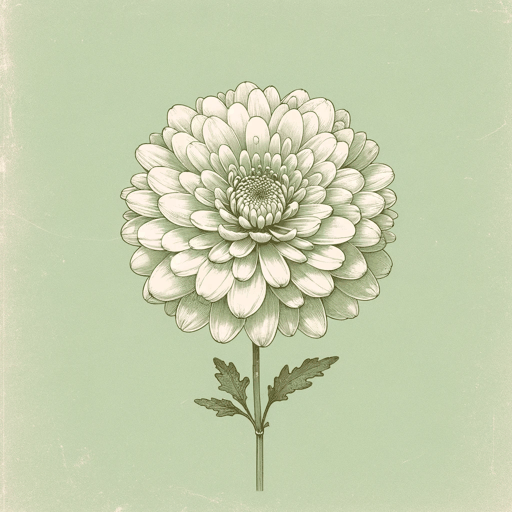53 pages • 1 hour read
John SteinbeckThe Chrysanthemums
Fiction | Short Story | Adult | Published in 1937A modern alternative to SparkNotes and CliffsNotes, SuperSummary offers high-quality Study Guides with detailed chapter summaries and analysis of major themes, characters, and more. For select classroom titles, we also provide Teaching Guides with discussion and quiz questions to prompt student engagement.
Story Analysis
Analysis: “The Chrysanthemums”
Though it was published in 1937, “The Chrysanthemums” is full of modern sentiments. At the time, the United States was recovering from the Great Depression, Franklin D. Roosevelt had been re-elected as president, and the very first female cabinet member had been appointed. Women were fighting for equality in a male-dominated society, and many of those women lost their fights. The character of protagonist Elisa Allen demonstrates the frustration of being a capable and energetic woman in a world where women’s abilities and needs were generally disregarded and repressed. The story is told from the third-person limited perspective, with an unnamed narrator following Elisa’s actions.
When the reader is first introduced to Elisa, she is working in her flower garden. Steinbeck’s description of Elisa shows the kind of woman she is. She is wearing a man’s hat, large shoes, heavy leather gloves, and an apron full of sharp tools. This description highlights her masculine attributes and intentionally plays down her femininity. The narrator says, “her figure looked blocked and heavy” (1). She is also observant (she watches her husband converse with two businessmen), organized, and efficient. Yet Elisa is not fully satisfied by her work in the flower garden.
Related Titles
By John Steinbeck
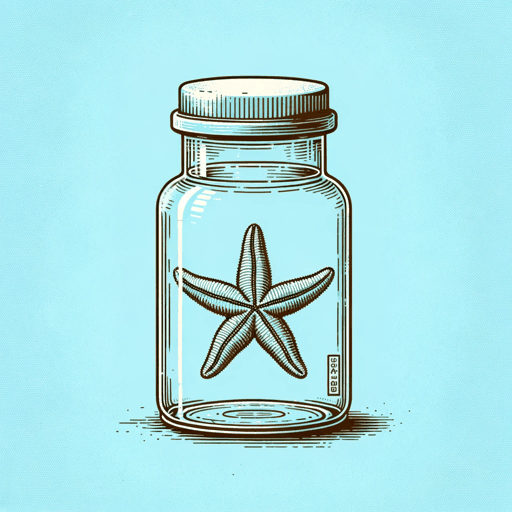
Cannery Row
John Steinbeck
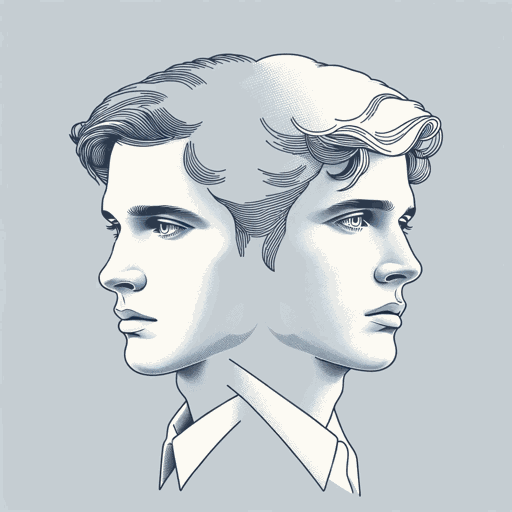
East of Eden
John Steinbeck

Flight
John Steinbeck

In Dubious Battle
John Steinbeck
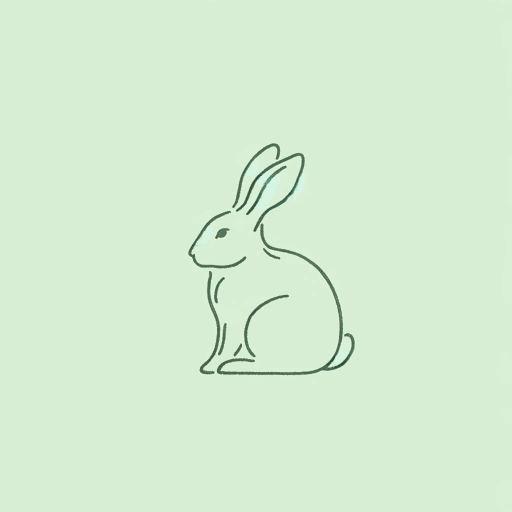
Of Mice and Men
John Steinbeck

Sweet Thursday
John Steinbeck
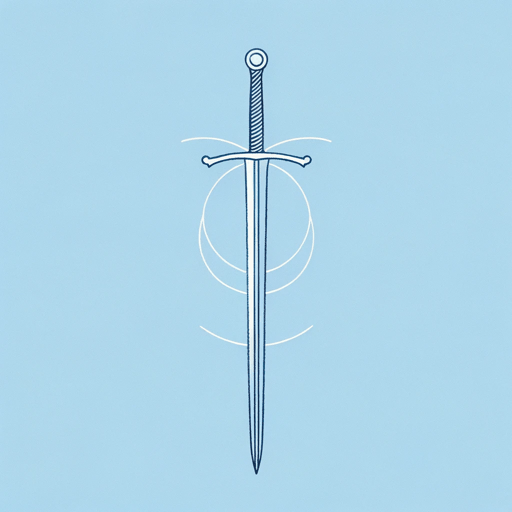
The Acts of King Arthur and His Noble Knights
John Steinbeck

The Grapes of Wrath
John Steinbeck
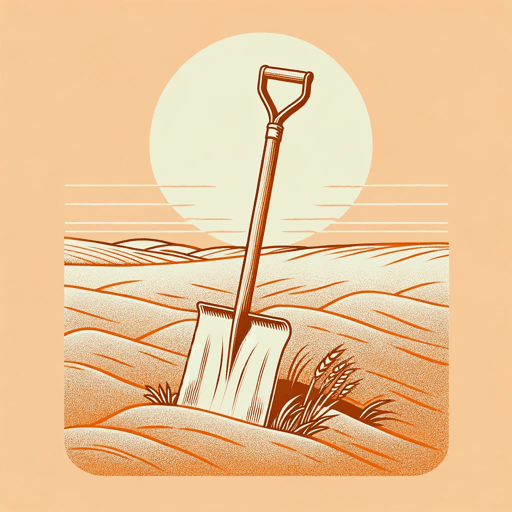
The Harvest Gypsies: On the Road to the Grapes of Wrath
John Steinbeck

The Log From The Sea of Cortez
John Steinbeck

The Long Valley
John Steinbeck

The Moon Is Down
John Steinbeck

The Pearl
John Steinbeck
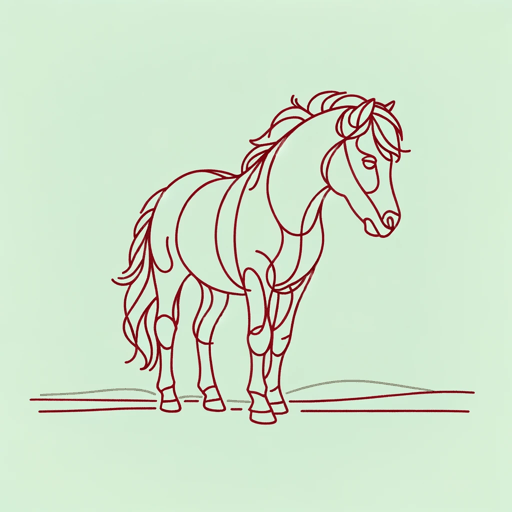
The Red Pony
John Steinbeck

The Wayward Bus
John Steinbeck
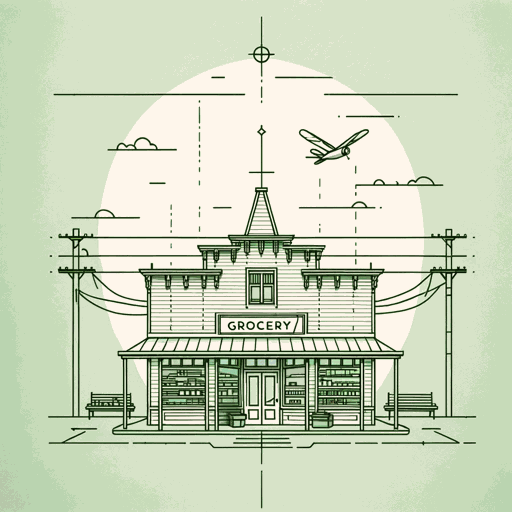
The Winter Of Our Discontent
John Steinbeck

To a God Unknown
John Steinbeck

Tortilla Flat
John Steinbeck

Travels With Charley
John Steinbeck
